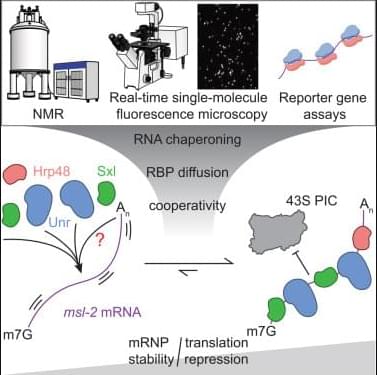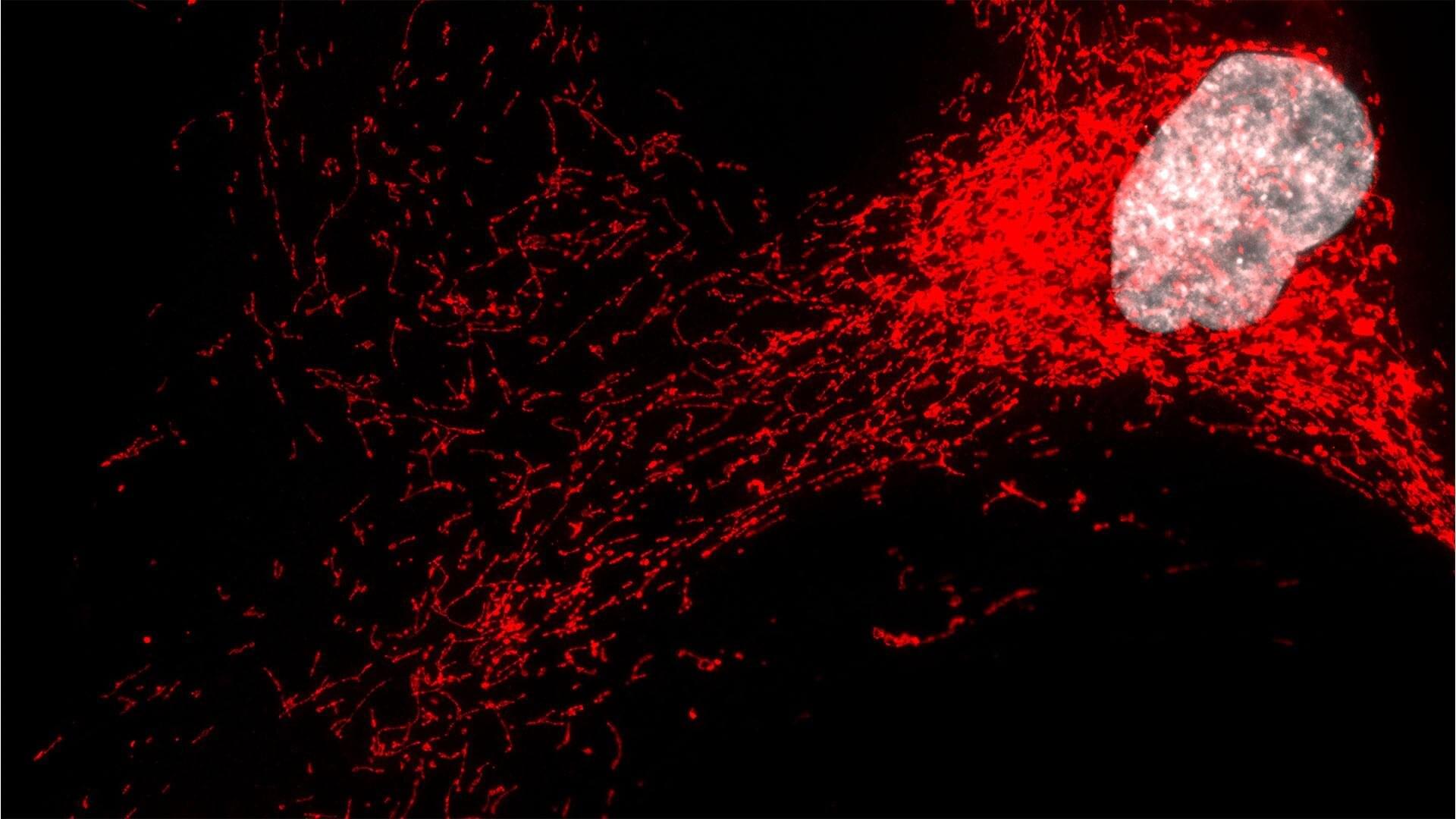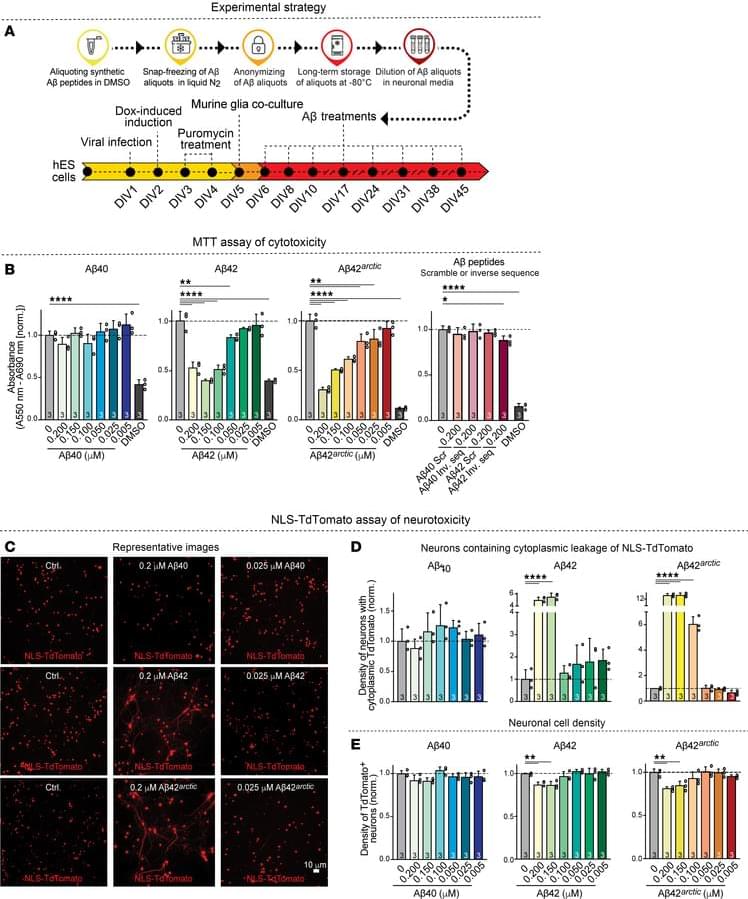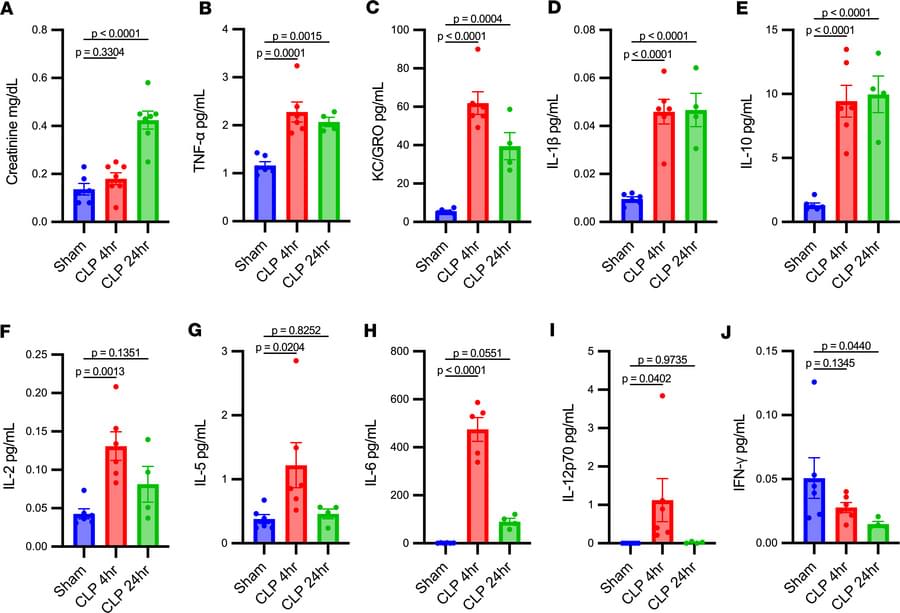Every movement you make and every memory you form depends on precise communication between neurons. When that communication is disrupted, the brain must rapidly rebalance its internal signaling to keep circuits functioning properly. New research from the USC Dornsife College of Letters, Arts and Sciences shows that neurons can stabilize their signaling using a fast, physical mechanism—not the electrical activity scientists long assumed was required.
The discovery, published recently in Proceedings of the National Academy of Sciences, reveals a system that doesn’t depend on the flow of charged particles to maintain signaling when part of a synapse—the junction between neurons—suddenly stops working.
Maintaining this balance between neurons is essential for muscle control, learning and overall brain health. Failure to maintain this “homeostasis” has been linked to neurological conditions such as epilepsy and autism.









